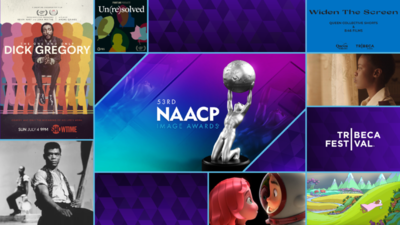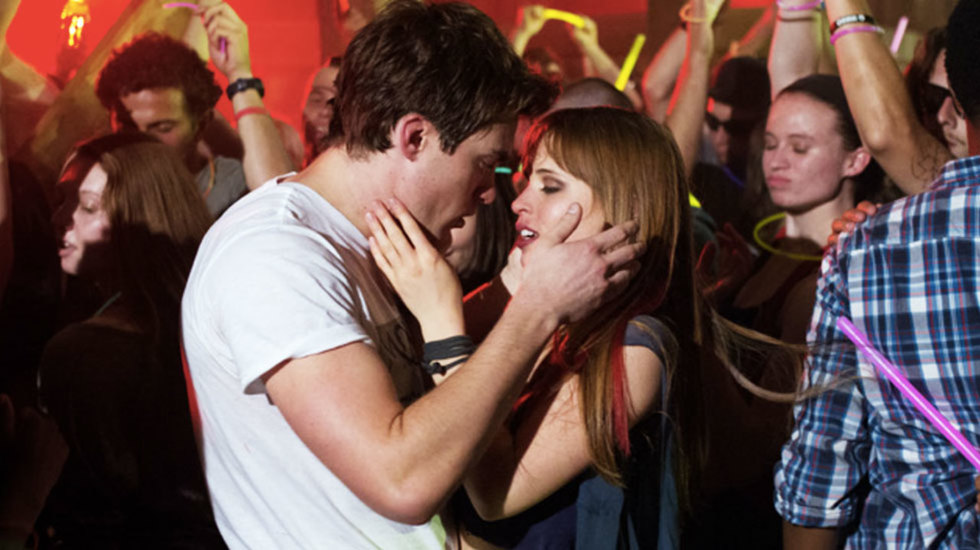
BY ZACHARY WIGON |
Racking Focus: Expanding Storytelling With Transmedia
Cinemax's 'Banshee' tries out a new style of transmedia storytelling.

Transmedia has been a catch-all for various kinds of contemporary storytelling, modes of narrative that utilize new digital mediums in any myriad number of ways. We're in the early days of transmedia, the veritable Wild West; in fifty years, when transmedia storytellers have figured out what works and what doesn't, and certain formal structures have solidified, we'll look back on this era as a crude one, much as early 1900s cinema appears to us today.
Transmedia often falls victim to the overlords of complexity, making itself too clever and stretching its narratives too thin over too wide a spate of mediums. But a recent transmedia move has piqued my interest, namely for its simplicity and its wide-reaching capabilities.
Indiewire reported recently that Alan Ball's Cinemax series 'Banshee' has created a transmedia component to go along with its second season, which begins Friday. 'Banshee,' a crime drama, will be putting up short films on YouTube which explore the backstories of its various characters. The shorts are stylistically in keeping with the mode of the show, only the segments are much shorter - only a few minutes in length.
The idea is simple, but the possibilities are multiple. These backstory-exploring shorts enable storytellers to do something that is often tantalizingly frustrating: for the first time, filmed entertainment can not only cook up a fascinating backstory for a character, but it can, in a separate realm, present that backstory as opposed to having to relegate it to the realm of the unseen. For any filmmaker who's ever come up with a killer backstory and been frustrated by their inability to fit it snugly into the structure of the film itself, this is an exciting way to essentially eat your narrative cake and have it too.
The possibilities are not limited to displaying exciting character backstories. There are all sorts of other ways this mode of storytelling can complement a TV series or movie. For a movie, the backstory format is a good idea, but TV series might also take advantage of this format in order to show exciting moments from the series' story that occur in between episodes, or to show moments that occur during episodes that can't make it into the televised episode due to time constraints.
In short, this idea - longer entertainment on TV (or in the movie theater), shorter entertainment set in the same world, online - enables storytellers to build out the universes their stories are set in, in a manner that is both far-reaching but also blessedly simple. No complicated transmedia websites or games or hoops to jump through. Just content, expansive and understandable.

